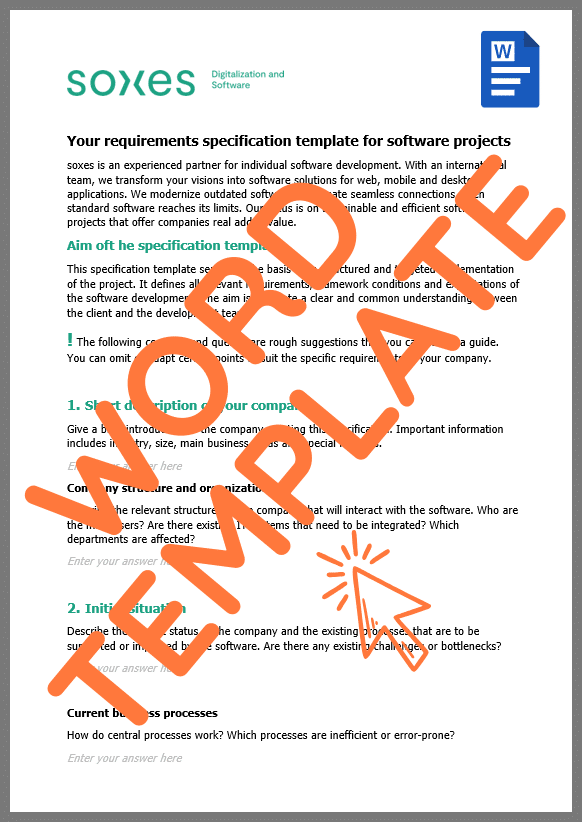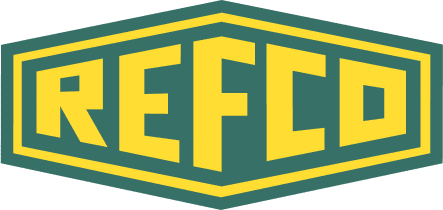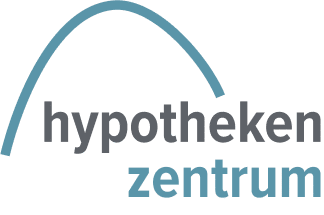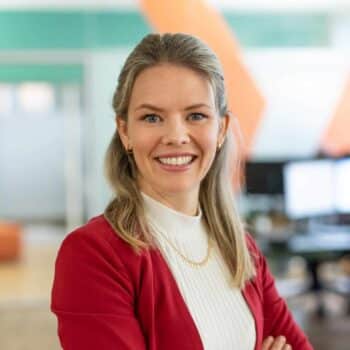A professional specification sheet provides clarity, prevents misunderstandings, and forms the basis for the success of any software project.
Here’s what you need to know:
- It clearly defines requirements and project scope.
- It ensures that the client and contractor have the same expectations.
- It minimizes risks and increases the chances of success in the project.
But what should be included in a specification sheet? How should it be structured? And what content is essential? Includes template.


